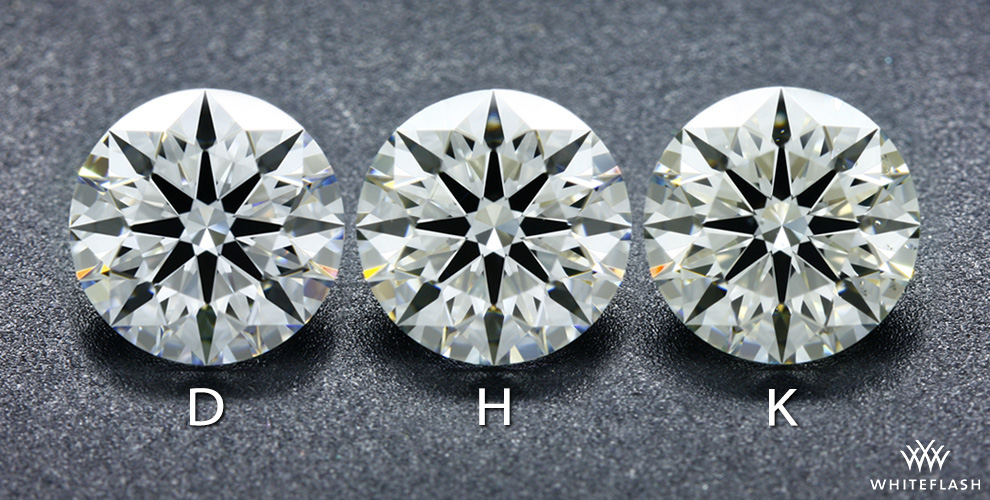- Joined
- Apr 14, 2018
- Messages
- 169
Dear experts,
I just placed an order for customized diamond bangle with 25pieces of 0.15ct each E-F VS1. My jeweler informed me that I will only get IGI certificate cause the size of the diamonds are small and GIA won’t be able to provide one.
I only purchased diamonds with GIA certificates since I started buying diamonds however those were larger than 0.15ct. The smallest was 0.25ct
I just wanted to hear what you experts have to say about this.
Thank you!
I just placed an order for customized diamond bangle with 25pieces of 0.15ct each E-F VS1. My jeweler informed me that I will only get IGI certificate cause the size of the diamonds are small and GIA won’t be able to provide one.
I only purchased diamonds with GIA certificates since I started buying diamonds however those were larger than 0.15ct. The smallest was 0.25ct
I just wanted to hear what you experts have to say about this.
Thank you!









300x240.png)